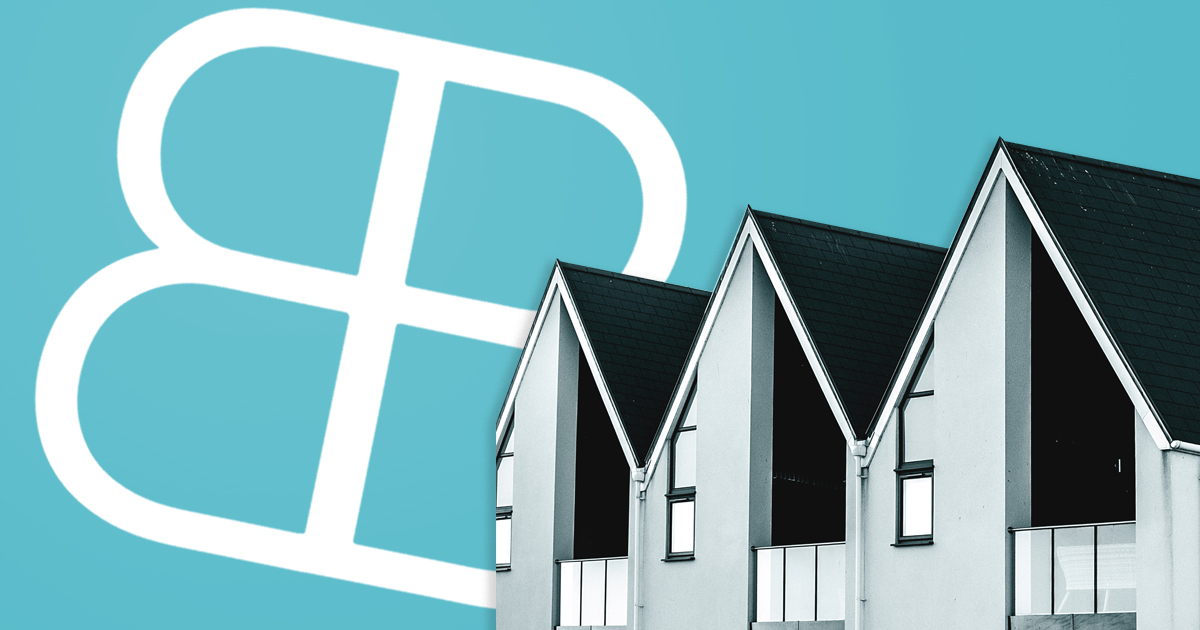Guide to Converting a House into Flats

Converting a house into flats can be lucrative if done correctly but it can be difficult to know what rules you must follow. This can be exacerbated further if you have a mortgage on the property as lenders have strict requirements when converting a house into flats.
This guide explains the fundamentals of converting a house into flats and the mortgage requirements you will have to abide by.
Let’s explore this complex topic further.
Type of House to Flat Conversions
There are a few ways you can break a single property into multiple dwellings, and some have significant impact on your mortgage where others don’t.
Lodgers
Most mortgage lenders will allow you to have a lodger on a residential mortgage providing you are still the main resident at the property. In these instances, having a lodger can be stress-free from a mortgage perspective. You should still check with your lender before taking on a lodger as some lenders don’t allow it.
Creating Leasehold Properties
If you want to create leasehold properties from your property you will need to discuss this with your mortgage broker and solicitors.
If you have a residential mortgage on the property you will need to switch it to a Buy to Let mortgage. You won’t be able to switch to a Buy to Let mortgage until the leaseholds have been created though so you will likely need a bridging loan.
A bridging loan repays your existing residential mortgage and carries the debt on a bridge while you are creating the leaseholds. You will then exit the bridge by obtaining the Buy to Let mortgage.
HMOs
A House in Multiple Occupation (HMOs) does not require the property owner to break up the property and create leaseholds. A HMO can be freehold alone.
HMOs have strict legislation in place around fire safety and tenants’ rights. HMOs will have shared common areas such as kitchens, bathrooms and communal areas and are a common form of student accommodation.
What Mortgage Do I Need to Convert House into Flats
In almost all cases multiple Buy to Let mortgages are needed. In rare cases you may be able to source finance on the building as a whole.
Lenders will typically lend on each property unit so if you have separated your property into multiple leasehold properties you will need a mortgage for each unit.
This is because it mitigates a lender’s risk and in the event you are unable to repay a mortgage on one flat, the lender can repossess that property and sell it. Selling a freehold with multiple leasehold properties is a far more complex process.
If you have a lodger, you may not need to change your mortgage although you will need to inform your lender.
For properties that act as HMOs you will need to discuss your circumstances with lenders or a mortgage broker. Even Buy to Let lenders can be reluctant to lend on HMOs so you should find a mortgage broker to source a Buy to Let lender who allows them.
Free consultations are available in the UK.
Get Started NowHow Will Converting my House into Flats Affect Property Value
It depends. A common misconception is separating a property into flats will increase total value as you will have multiple properties to sell rather than one. This is rarely the case though as normally you will need to eat into bedroom space to ensure each property has the correct layout and facilities.
For example, planning laws require at least two doors between a kitchen and a toilet. While your house may already have two toilets, it is uncommon for a house to have an upstairs and downstairs kitchen and dining area.
When work is completed, you may find you have created two one-bedroom flats from a three or four bedroom property. In total terms, it is likely you will lose value doing so.
Finally, any major construction work is going to cost money, even if you do the labour yourself. If there is a gain in property value, it will likely be offset by the cost of renovations.
Costs of Converting a House into Flats
Costs of converting houses into flats vary from property to property.
You will need to hire a conveyancer who will deal with the Land Registry and the deeds of the property. In most cases leasehold deeds will need to be created.
There are also planning and regulation costs. Local authorities can be strict about what you must do in order to create flats from a house. These can include (but not limited to) provisions for access, parking and refuse collection.
Finally, you will need to ensure you hold enough equity in the property to cover the deposit requirements for a Buy to Let mortgage. Buy to Let mortgages require at least 20% of the value per property. If you do not hold enough equity, you will need to find the funds to cover the deposit elsewhere.
What Our Clients Have To Say
What Happens to the Freehold?
What happens to the freehold, again, can be complicated. If you own the property outright, the freehold will remain with you. If you have a mortgage on the freehold (such as a residential mortgage) then you will need to redeem this mortgage.
Once the mortgage is settled you will once again own the freehold. It gets complicated if you can’t afford to settle the mortgage on the freehold and you may need a Bridging Loan to settle the mortgage and then secure Buy to Let mortgages on the leaseholds you have created.
Speak to a Specialist
Converting a house into flats is extremely technical if you have an existing mortgage product. The chances of requiring a bridging loan or additional finance are high and you should consult with a specialist.
Boon Brokers is a Whole of Market Mortgage, Insurance and Equity Release Brokerage. Boon Brokers provides fee free advice.
Contact Boon Brokers today and book your initial consultation to map out your mortgage needs when converting a house into flats.
Gerard BoonB.A. (Hons), CeMAP, CeRER
Gerard is a co-founder and partner of Boon Brokers. Having studied many areas of financial services at the University of Leeds, and following completion of his CeMAP and CeRER qualifications, Gerard has acquired a vast knowledge of the mortgage, insurance and equity release industry.Related Articles








